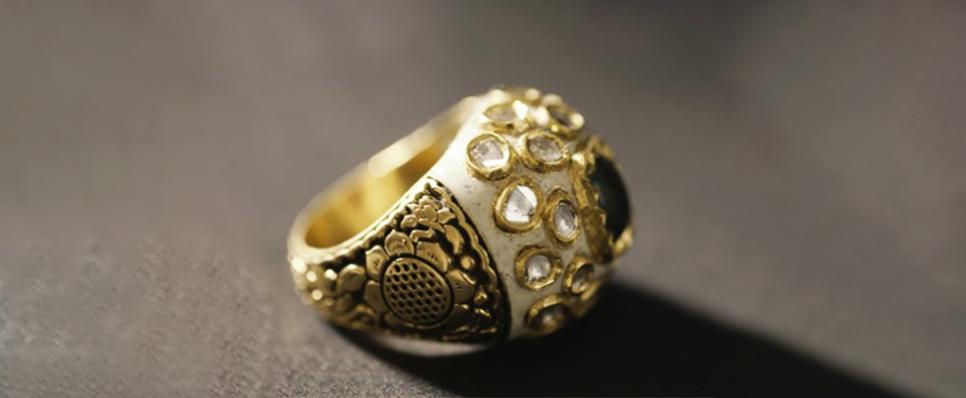Diamonds are revered for their brilliance, sparkle, and timeless elegance. Yet, beyond their dazzling appearance lies a complex world of grading criteria, with one of the most crucial aspects being the cut grade. In this article, we delve into the intricacies of diamond cut grades, exploring their significance, the factors influencing them, and how to choose the perfect cut for your diamond.
Introduction
What are diamond cut grades?
Before delving into the specifics of diamond cut grades, let’s understand what they entail. The cut grade of a diamond refers to the quality of its cut, encompassing aspects such as proportions, symmetry, and the overall craftsmanship of the cut. Essentially, it determines how well a diamond interacts with light, ultimately impacting its brilliance and sparkle.
Importance
Why are diamond cut grades important?
The significance of cut grades cannot be overstated when evaluating a diamond’s beauty and value. A well-cut diamond reflects light in a way that maximizes its fire and brilliance, captivating the beholder with its luminous display. Conversely, a poorly cut diamond may appear dull and lackluster, diminishing its overall allure.
Factors Affecting Cut
Anatomy of a diamond
To comprehend cut grades fully, it’s essential to grasp the anatomy of a diamond. A diamond comprises several elements, including the table, crown, girdle, pavilion, and culet, each playing a crucial role in determining its brilliance.
Precision in cutting
The precision with which a diamond is cut significantly influences its visual appeal. A skilled diamond cutter must align the facets meticulously to optimize the diamond’s interaction with light, enhancing its brilliance and dispersion.
Proportions and symmetry
The proportions and symmetry of a diamond are paramount in determining its cut grade. Well-proportioned diamonds exhibit balanced light performance, whereas deviations can lead to light leakage or areas of diminished brilliance.
Diamond Cut Grading Systems
GIA Diamond Cut Grading System
The Gemological Institute of America (GIA) developed one of the most widely recognized diamond cut grading systems. It evaluates a diamond’s cut based on criteria such as brightness, fire, scintillation, weight ratio, durability, and polish.
AGS Diamond Cut Grading System
The American Gem Society (AGS) also employs a comprehensive diamond cut grading system, focusing on the diamond’s proportions, symmetry, and polish. It assigns grades ranging from Ideal to Poor, providing consumers with detailed insights into a diamond’s cut quality.
Other grading systems
In addition to the GIA and AGS systems, there are other diamond cut grading systems used by various organizations and laboratories worldwide. While they may differ in their approach, they all aim to assess a diamond’s cut quality accurately.
Understanding Cut Grades
Excellent cut
Diamonds with an excellent cut grade exhibit exceptional brilliance, fire, and scintillation. They reflect a high percentage of light, creating a mesmerizing play of colors and enhancing their overall beauty.
Very good cut
Diamonds with a very good cut grade display impressive light performance, albeit slightly below that of excellent cuts. They still offer excellent value and beauty, man made diamonds, making them a popular choice among consumers seeking high-quality diamonds.
Good cut
A good cut grade signifies that a diamond reflects a significant amount of light, though not as efficiently as higher-grade cuts. While good cut diamonds may lack the optimal brilliance of excellent cuts, they still possess considerable sparkle and appeal.
Fair cut
Fair cut diamonds exhibit moderate light performance but may appear somewhat dull compared to higher-grade cuts. While they may represent a more budget-friendly option, they may not deliver the same level of brilliance and fire as superior cuts.
Poor cut
Diamonds with a poor cut grade reflect minimal light, resulting in a lackluster appearance. These diamonds often suffer from significant light leakage and may appear noticeably dull and lifeless.
Choosing the Right Cut Grade
Factors to consider
When selecting a diamond cut grade, several factors should be taken into account, including budget, personal preferences, and intended use. It’s essential to strike a balance between cut quality and other characteristics to find the perfect diamond for your needs.
Budget considerations
While higher cut grades generally command higher prices, it’s possible to find diamonds with excellent sparkle and brilliance across a range of cut grades. By carefully evaluating your budget and priorities, you can identify a diamond that offers the best value for your investment.
Desired brilliance and fire
Ultimately, the choice of cut grade depends on your desired level of brilliance and fire. If you seek maximum sparkle and light performance, an excellent or very good cut may be the ideal choice. However, if budget constraints are a concern, a good or fair cut diamond can still offer beauty and elegance.
Conclusion
In conclusion, diamond cut grades play a pivotal role in determining the beauty, sparkle, and value of a diamond. By understanding the intricacies of cut grading systems and considering factors such as proportions, symmetry, and personal preferences, you can select a diamond that truly shines. Whether you opt for an excellent cut for unparalleled brilliance or a more budget-friendly option with a good cut grade, the perfect diamond awaits.




